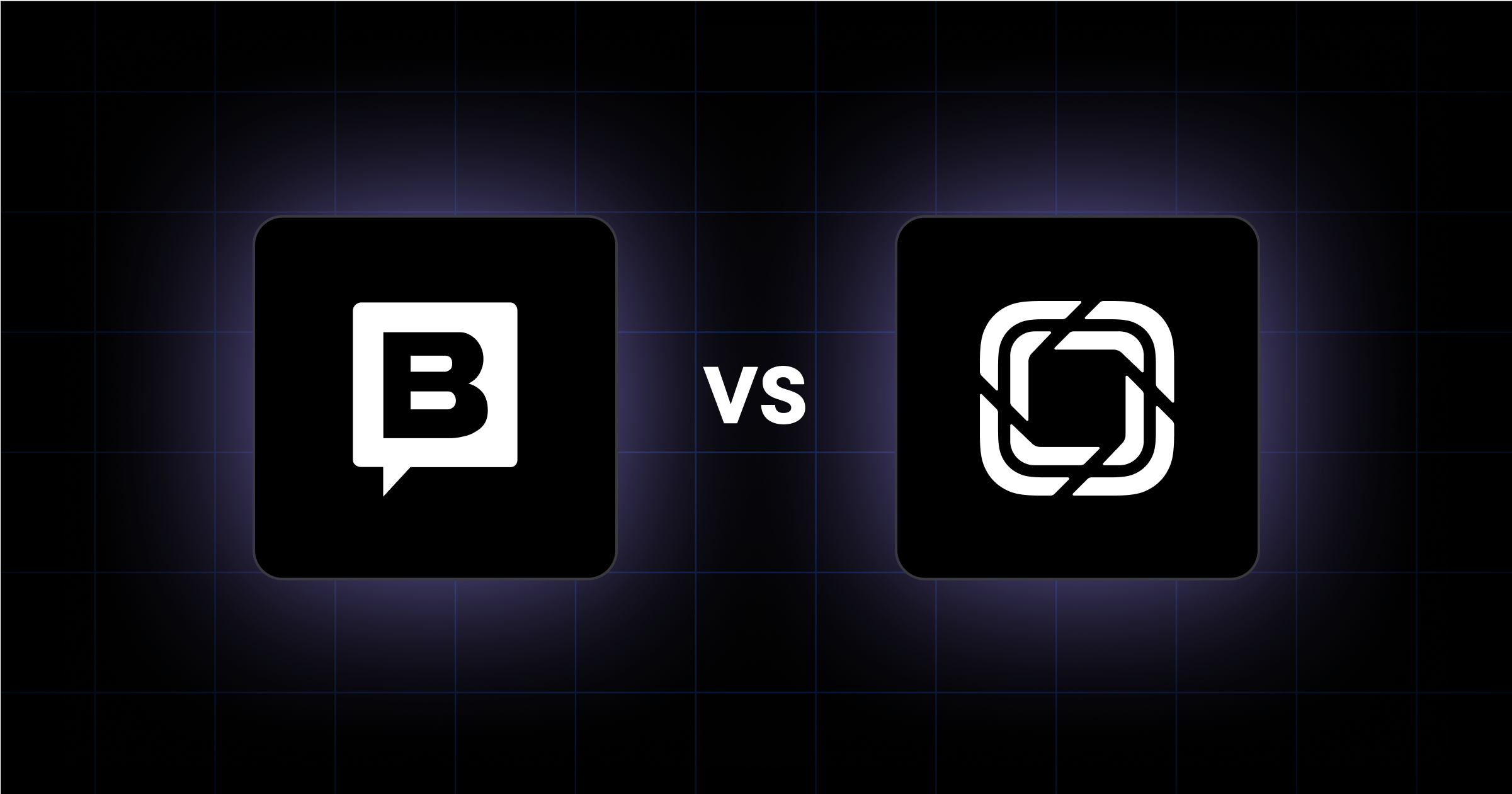You’re thinking about improving your website’s visibility and reach. You’ve heard about SEO but aren’t sure about the costs involved. Let’s break down what you can expect to spend on SEO optimization in 2024.
SEO optimization cost is the investment required for SEO services. Costs vary based on business size, goals, and SEO provider.

Factors Affecting Website SEO Optimization Pricing
As you consider investing in SEO, you might wonder what determines the cost. Understanding these factors can help you budget more effectively and choose the right provider.
Business Size and Website Complexity
Your business website development costs highly depend upon the size and the complexity of your website. Larger businesses often have more extensive websites with numerous pages, requiring more time and resources to optimize. Smaller businesses with simpler websites may find their SEO costs lower due to fewer pages and less complex site structures.
Competitive Landscape and Target Market
The competitive landscape and your target market also influence SEO pricing. If you operate in a highly competitive industry, you will need more aggressive and continuous SEO efforts to stay ahead, which can increase costs. Conversely, targeting a niche market with less competition might require less intensive SEO work, potentially reducing expenses. Conducting a thorough B2B competitor analysis can help you understand your market better and tailor your SEO strategy accordingly.
SEO Goals and KPIs
Your specific SEO goals and key performance indicators (KPIs) will affect the overall cost. Whether you aim to increase organic traffic, improve search engine rankings, or boost conversion rates, the scope and intensity of the required SEO strategies will vary. Clear, ambitious goals often necessitate more comprehensive and costly SEO plans. Utilizing keyword research services can help you identify high-value queries that align with your goals, thereby optimizing your budget effectively.
SEO Provider's Experience and Reputation
The experience and reputation of your chosen SEO provider can impact pricing. Established providers with a proven track record may charge higher fees due to their expertise and success rates. However, their experience can also mean more effective strategies and better results, potentially offering better value for your investment.
Project Scope and Additional Services
The scope of your SEO project and any additional services required will influence costs. Comprehensive projects that include technical SEO, enterprise website design, content creation, link building, and ongoing optimization will naturally cost more than basic SEO services. Additional services such as local SEO, mobile optimization, and advanced analytics can further increase the overall investment.
Geographic Location
Your geographic location can also affect SEO pricing. SEO providers in regions with a higher cost of living may charge more for their services. Additionally, targeting specific geographic markets might require tailored SEO strategies, impacting the overall cost.
Different SEO Pricing Models
SEO budgeting varies based on the pricing structure. Let’s explore the most popular models.
Steady Growth with Monthly Retainer Plans
- Involves a fixed monthly fee for continuous SEO efforts.
- Covers content updates, on-page optimizations, and technical improvements.
- Best for businesses looking for ongoing, long-term SEO growth.
- Typical cost ranges between $1,500 and $5,000 per month, depending on the service level.
One-Time Wins: Project-Based Pricing
- Designed for specific SEO projects like comprehensive audits or website migrations.
- You pay a set fee that depends on the size and complexity of the project.
- Suitable for businesses needing targeted, one-off SEO work without ongoing commitments.
On-Demand Expertise with Hourly Consulting
- Offers SEO guidance and troubleshooting on an as-needed basis, billed hourly.
- Ideal for businesses that require expert input for strategy, problem-solving, or specific tasks.
- Rates range from $100 to $300 per hour, allowing you to control costs by paying only for the time and expertise required.
Everything You Need to Know to Budget for Website SEO Optimization
Planning your SEO budget is crucial to ensure you get the most out of your investment. Here’s how to do it effectively.
Determine Your SEO Goals and KPIs
Are you aiming to increase organic traffic, improve search engine rankings, or boost conversion rates? You must follow the SaaS website best practices to get the perfect results. First of all, start by defining clear key performance indicators (KPIs) to measure success. These could include metrics like organic search traffic, bounce rates, or conversion rates. Knowing your goals and KPIs will guide your budget allocation and help you focus on the most impactful SEO activities.
Evaluate Your Current SEO Performance and Gaps
Assess your website's current SEO performance to identify strengths and weaknesses. Use tools like Google Analytics and SEO audit software to analyze your site's traffic, keyword rankings, and user behavior. Look for gaps in your SEO strategy, such as missing meta tags, slow page load times, or low-quality backlinks. Understanding these gaps will help you prioritize areas that need improvement and allocate your budget more effectively.
Consider Your Overall Marketing Budget
Your SEO budget should align with your overall marketing budget. Measure your website ROI and determine how much you can realistically allocate to SEO without compromising other marketing efforts. Consider the potential return on investment (ROI) from SEO compared to other channels like paid advertising or social media marketing. A well-balanced marketing budget ensures you can invest in SEO while still supporting other critical marketing activities.
Get Quotes from Multiple SEO Providers
Reach out to several SEO providers to get quotes for their services. This will give you a better understanding of the market rates and help you find a provider that fits your budget. When comparing quotes, consider the scope of services offered, the provider's experience, and their track record of success. Don't just go for the cheapest option; look for a provider that offers good value for the services they provide.
Factor in Additional Costs Like Content Creation
SEO often requires additional services like content creation, link building, and technical optimizations. Building a comprehensive content ecosystem can significantly enhance your SEO strategy. Factor these costs into your budget to avoid surprises later. High-quality content is essential for engaging users and improving search rankings, so allocate a portion of your budget to content creation. Similarly, consider the costs of any tools or software you might need for keyword research, analytics, or site audits.

In-House vs. Outsourced SEO: Weighing the Costs and Benefits
Deciding between managing SEO in-house or outsourcing to an agency is a crucial choice for businesses. Each approach comes with its own set of costs and advantages. Let’s break them down.
The Expense of Building an In-House SEO Team
Hiring an in-house SEO team means bringing dedicated staff on board to handle your SEO strategy. While this gives you full control over your SEO efforts, the costs are substantial:
- Salaries & Overheads:
- SEO Tools & Software:
- Training & Development:
In-house SEO allows for tighter collaboration with other departments, but the financial commitment is significant. Don't overlook additional expenses like ongoing training for new SEO updates and trends. Consider the benefits of on-page SEO services to optimize individual pages effectively.
Outsourced SEO: A Cost-Effective Alternative
Outsourcing SEO to an external agency or consultant can often be more budget-friendly. Here's why:
- No Employee Overheads: You pay for the services you need without incurring costs for salaries, benefits, or office space.
- Flexible Pricing: SEO agencies offer a variety of pricing models, including monthly retainers, project-based fees, or hourly rates.
- Access to Experts: By outsourcing, you tap into a team of experienced professionals with specialized skills, often for less than the cost of building an in-house team.
While you may have less control over day-to-day SEO tasks, a reputable agency will work with you to ensure alignment with your business goals.
Comparing In-House vs. Outsourced SEO Costs
When comparing the two models, consider the total cost of investment:
- In-house SEO: Includes fixed costs such as salaries, SEO tools, and ongoing training.
- Outsourced SEO: Offers more flexibility and can be more affordable, especially for small to medium-sized businesses that may not have the resources to support a full-time SEO team.
Outsourcing provides a lower-cost option for businesses that need expert SEO services without the overhead of hiring in-house.
Control & Capabilities: Which Model Suits Your Business?
- In-House SEO: Provides greater control over strategy and seamless integration with other departments. Your team can quickly respond to changes and collaborate more closely across functions.
- Outsourced SEO: Leverages the expertise of seasoned professionals, bringing new perspectives and advanced techniques to your strategy. While you may relinquish some control, outsourcing can bring valuable innovation and efficiency.
Which SEO Approach is Best for You?
Ultimately, the decision comes down to your budget, goals, and resources.
- In-House SEO: Best for businesses with the financial resources to support a full-time team and the need for close integration with other departments.
- Outsourced SEO: Ideal for those looking for cost-effective, expert-driven SEO services. Evaluate your specific needs and request quotes from multiple providers to make an informed decision.
Choosing the Best Approach to Website SEO Optimization
Choosing the right SEO strategy can feel overwhelming. Here’s how to make sure your efforts translate into tangible results.
Invest in a Data-Driven Strategy
A comprehensive, data-driven strategy forms the backbone of effective SEO. This approach involves using analytics and data to make informed decisions. Start by conducting a thorough audit of your current SEO performance. Identify areas for improvement and set clear, measurable goals. Use tools like Google Analytics, SEMrush, or Ahrefs to gather data on your website's traffic, keyword rankings, and user behavior. This data will guide your strategy and help you prioritize actions that will have the most significant impact.
Focus on Technical Optimization
SEO optimization involves three main areas: technical, on-page, and off-page.
- Technical SEO ensures your website is accessible and easy for search engines to crawl and index. This includes optimizing site speed, mobile-friendliness, and ensuring proper use of HTTPS. Regularly check for and fix any crawl errors, broken links, or duplicate content issues. Learn how to build a scalable website that can handle high traffic and growth.
- On-page SEO focuses on optimizing individual pages on your website. This includes using relevant keywords in your content, optimizing meta tags, headers, and images, and ensuring your content is well-structured and easy to read. High-quality, relevant content that answers users' queries will improve your rankings and user engagement.
- Off-page SEO involves activities outside your website that impact your rankings. This primarily includes building high-quality backlinks from reputable sites. Engage in guest blogging, influencer outreach, and social media marketing to increase your site's authority and visibility.
Prioritize Quality and Relevance
Content quality and keyword relevance are paramount for SEO success and for driving B2B website traffic. Create high-quality, informative, and engaging content that addresses the needs and interests of your audience. Use keyword research tools to identify relevant keywords and incorporate them naturally into your content. Avoid keyword stuffing, as it can harm your rankings. Focus on creating content that provides value to your users, answers their questions, and solves their problems. Regularly update your content to keep it fresh and relevant.
Measure, Test, and Iterate Based on Analytics
SEO is not a set-it-and-forget-it process. Continuously measure your performance using analytics tools. Track key metrics such as organic traffic, bounce rates, conversion rates, and keyword rankings. Use A/B testing to experiment with different strategies and see what works best. Analyze the results and make data-driven adjustments to your strategy. This iterative process will help you refine your approach and achieve better results over time.
Consider Your Unique Market and Audience Needs
Every market and audience is different, so tailor your SEO strategy to your specific context. Understand your target audience's behavior, preferences, and search habits. Use this knowledge to create content and optimize your site in a way that resonates with them. Consider local SEO if you are targeting a specific geographic area. Optimize your Google My Business profile, use local keywords, and get listed in local directories. By focusing on your unique market and audience needs, you can create a more effective and targeted SEO strategy.

Is Cheap SEO Worth It?
You might be tempted by low-cost SEO services, but it's essential to understand the risks involved.
- Risks of Cheap SEO
These low-cost options usually rely on black-hat tactics, which can include keyword stuffing, buying backlinks, and using automated tools to generate content. These methods might offer short-term gains but can lead to severe long-term consequences.
- Avoid Black-Hat Tactics
Cheap SEO often uses black-hat tactics, unlike reliable technical SEO. These tactics violate search engine guidelines and can result in your website being penalized or even banned from search engine results pages (SERPs). Black-hat tactics might include cloaking or creating doorway pages that are designed solely to attract search engines and redirect users to another site.
- Impact of Penalties on Business
Search engines like Google are constantly updating their algorithms to detect and penalize websites that use black-hat tactics. If your site gets penalized, you could see a significant drop in your search rankings, which can reduce your organic traffic and impact your business's bottom line. Recovering from these penalties can be a long and costly process, often requiring a complete overhaul of your SEO strategy and a clean-up of any harmful links or content.
- Invest in Quality SEO
Quality SEO includes creating high-quality content, optimizing on-page elements, building genuine backlinks, and improving user experience. While the initial investment might be higher, the long-term benefits are substantial. Quality SEO helps build your website's authority and trustworthiness, leading to higher rankings, increased organic traffic, and better conversion rates over time.
- Spot Unrealistic Promises
Be wary of cheap SEO packages and promises. Many low-cost SEO providers make unrealistic promises, such as guaranteed first-page rankings or overnight success. These claims are often too good to be true. Reputable SEO providers understand that SEO is a long-term investment and will set realistic expectations. They will provide a clear strategy, regular updates, and transparent reporting to show progress and results.
See the Webstacks difference: Schedule a brief discovery call today. Discover how our expertise in composable websites can transform your digital presence. Visit Webstacks to get started.




